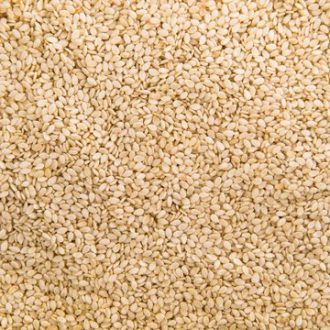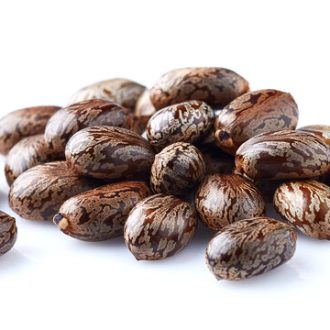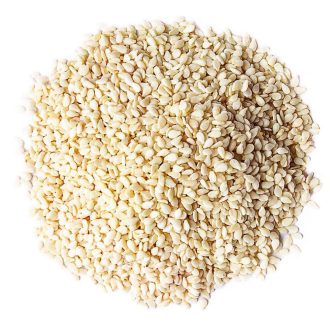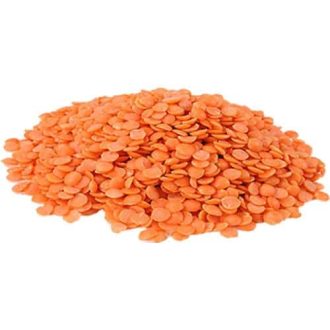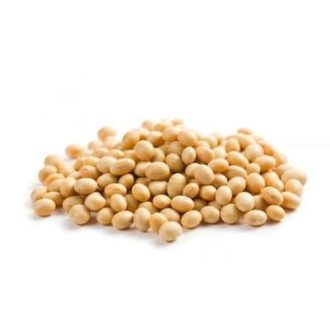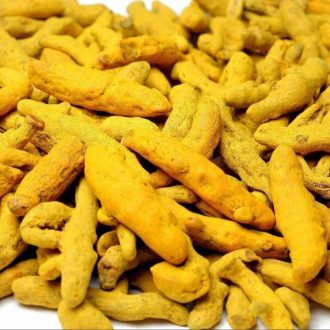Description
Specification of Peanut Seeds Grade wise
| PEANTS | Bold | Java | Other |
|---|---|---|---|
| Moisture | 5% | 5% | 5% |
| Admixture | 1% | 1% | 1% |
| Broken & Defective | 1% Max | 1% Max | 1% Max |
| Imperfect Graining | 1% | 1% | 1% |
| Aflatoxin | 5ppb Max | 5ppb Max | 5ppb Max |
| Count | 38/42, 40/45, 45/55, 55/60, 70/80, 80/90 |
40/50, 50/60, 55/65, 60/70, 70/80, 80/90, 90/100, 100/120, 140/160 |
38/42, 40/45, 45/55 |
| Inspection | QSS, SGS Or As Per Buyer Required | ||
| Packing | In Strong Jute Bags &Vaccum Pack | ||
Peanut seeds, also known as groundnuts, are the edible seeds of the Arachis hypogaea plant, which is technically a legume. They are known for their rich, nutty flavor, sweet taste, and crunchy texture, making them a popular snack and ingredient in various foods. Peanuts are also a good source of protein, healthy fats, vitamins, and minerals.
- Protein: Essential for building and repairing tissues.
- Healthy Fats: Primarily unsaturated fats, which are beneficial for heart health.
- Vitamins and Minerals: Including vitamin E, magnesium, and biotin.
- Snacks: Roasted, salted, or enjoyed in trail mixes.
- Peanut Butter: A popular spread for sandwiches and other foods.
- Cooking: Added to various dishes for flavor and texture.
- Oil Extraction: Peanut oil is a common cooking oil.
Growth and Development: Peanut seeds are planted and develop underground within pods. The pods mature in about 60 to 80 days, and the seeds inside develop further, with their color changing from white to brown as they mature


